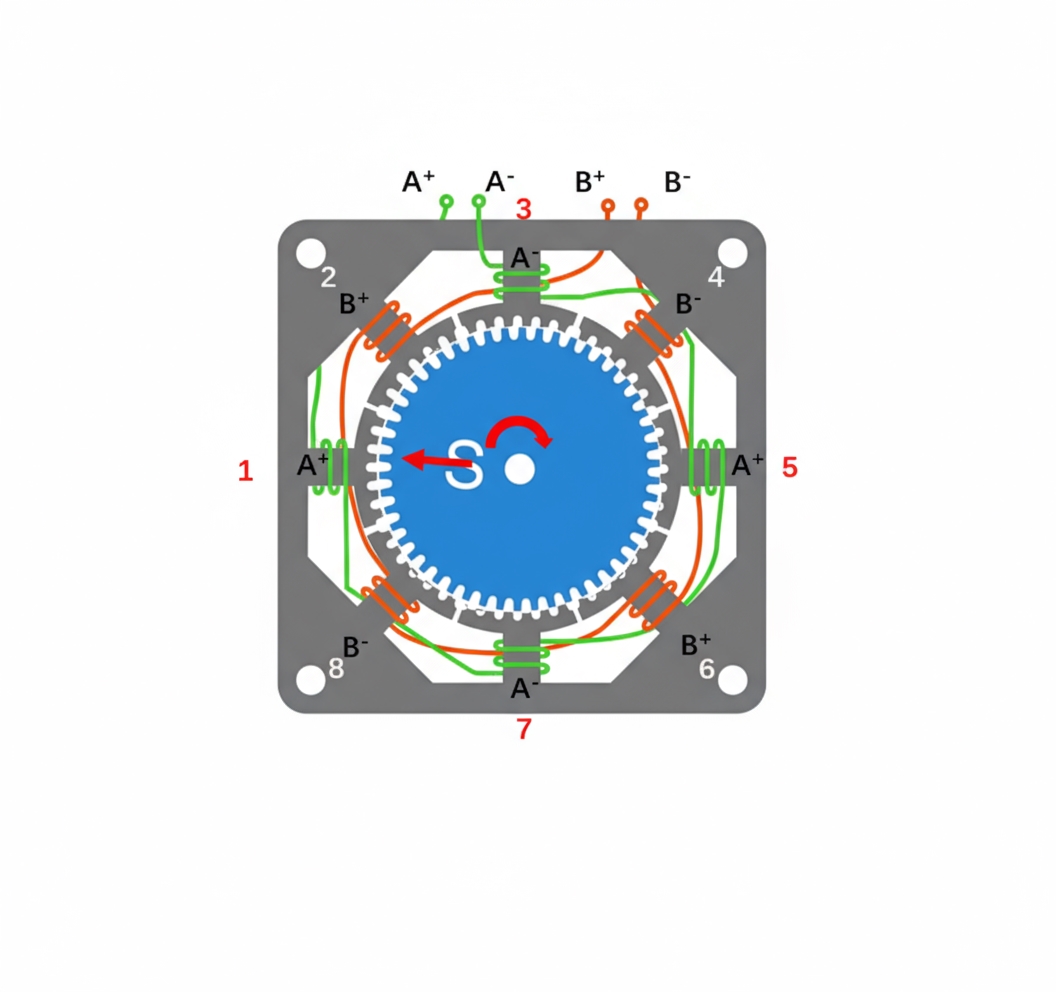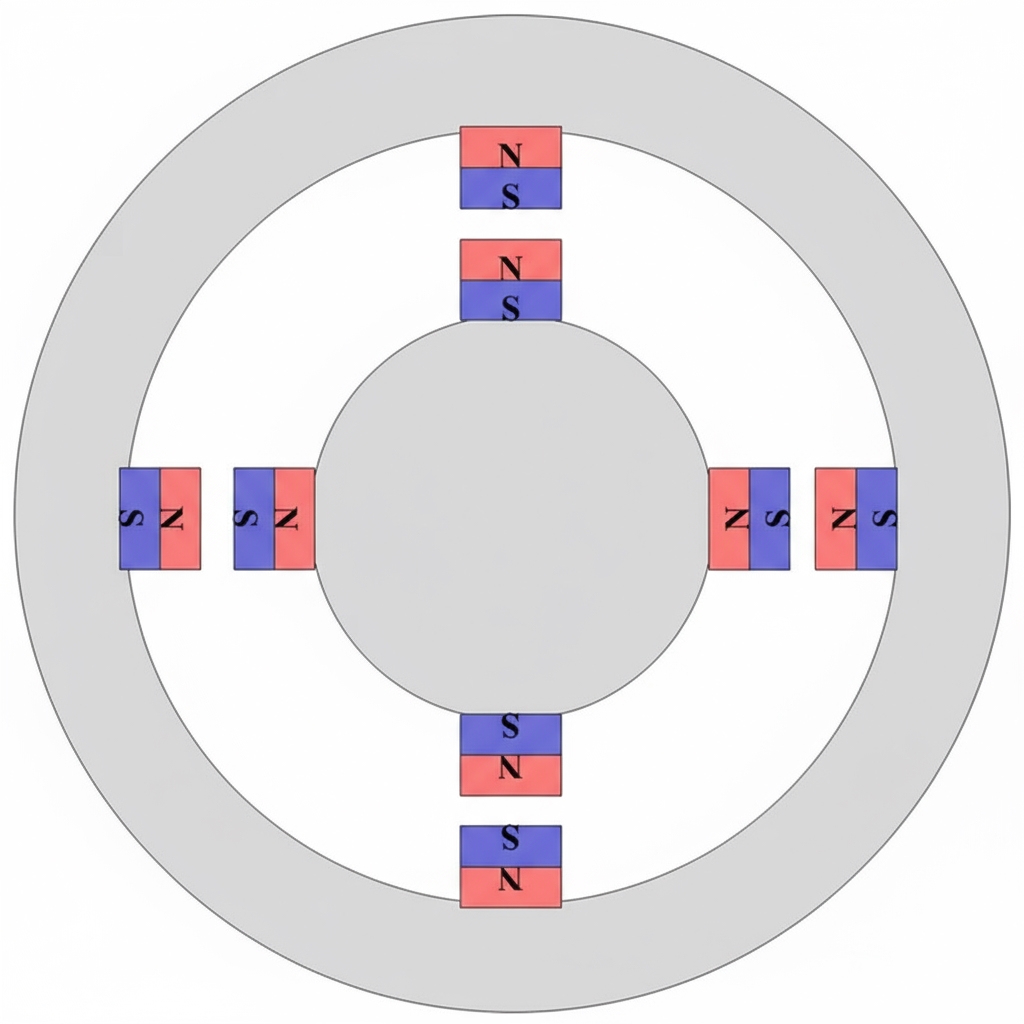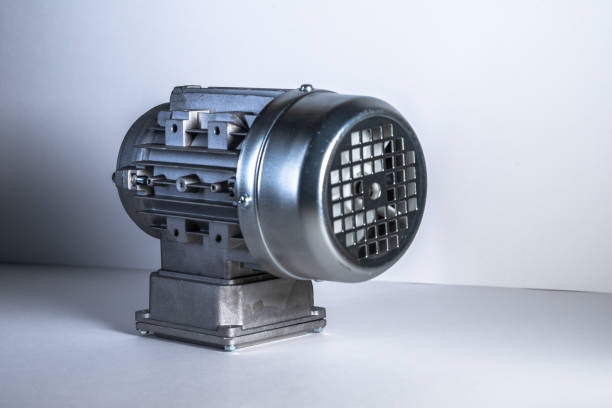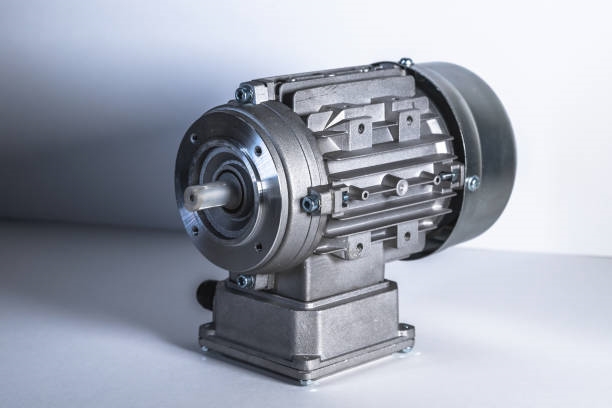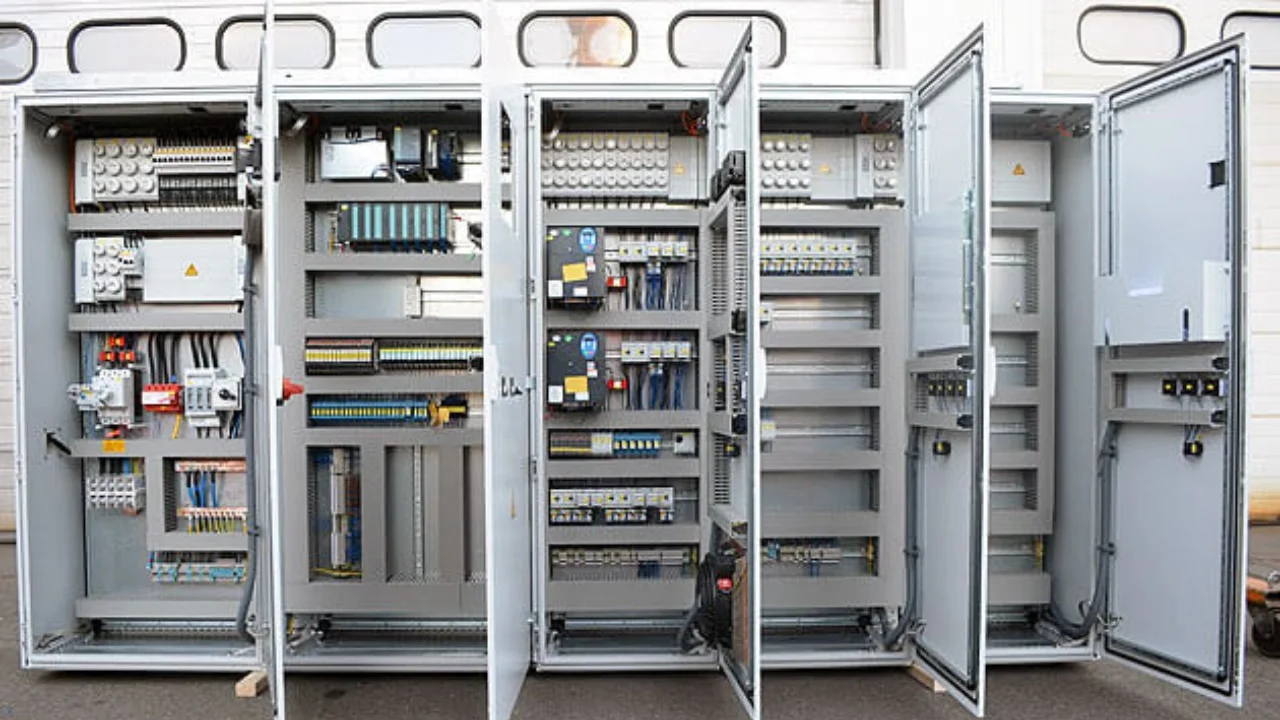In modern industrial control systems, inverters are critical for adjusting the speed of asynchronous motors by altering power frequency. Proper parameter configuration is essential to optimize inverter performance. This article outlines the core concepts and key parameters for effective inverter setup.
Inverter Overview
An inverter is a power electronic device that regulates motor speed by modifying power frequency. Motor speed depends on the frequency of the power supply, so inverters adjust output voltage and frequency to control it. To ensure stable motor operation, the voltage-to-frequency ratio (V/F ratio) must remain constant during frequency changes, guiding the parameter setup process.
Key Parameter Settings
Control Mode
Inverters support control modes such as speed control, torque control, and PID control. Select the mode based on application needs and precision requirements, and perform static or dynamic identification as needed.
Minimum Operating Frequency
At low speeds, motor cooling efficiency decreases, risking overheating or damage during prolonged operation. Low speeds also increase cable current, potentially causing cable heating. Set an appropriate minimum frequency to ensure safe motor and cable operation.
Maximum Operating Frequency
Inverters can typically reach 60Hz or higher. High frequencies cause rapid motor operation, exerting significant centrifugal force on bearings and rotors. Consider the motor's capacity and application requirements when setting the maximum frequency.
Carrier Frequency
Carrier frequency affects the inverter's harmonic components. High carrier frequencies may cause motor and cable heating, while low frequencies can reduce output accuracy. Choose a suitable carrier frequency based on the application.
Motor Parameters
Motor parameters, including power, current, voltage, speed, and maximum frequency, are critical for inverter setup. Obtain these from the motor's nameplate and input them into the inverter.
Frequency Skipping
At specific frequencies, motors or systems may experience resonance. Frequency skipping settings allow the inverter to avoid these resonance points, ensuring stable operation.
Synchronous Control for Multiple Inverters
Synchronizing multiple inverters requires specific configurations. Prepare sufficient inverters and connection cables, then connect them, ensuring proper communication interfaces. Configure the master inverter for free protocol communication mode with a designated master address. Set slave inverters to communication-based mode with assigned slave addresses. Start the master inverter and adjust its frequency; slave inverters will automatically follow, achieving synchronized control.
Accurate parameter settings are vital for inverter performance and system stability. By understanding core concepts and tailoring parameters to application needs, inverters can enhance the efficiency and reliability of industrial control systems.
 ALLPCB
ALLPCB


